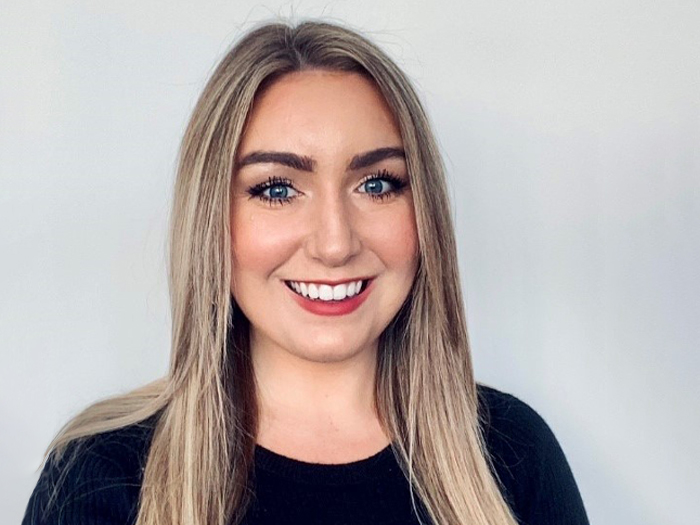Quality Rest Is Vital in an Injured Worker’s Recovery — Even If Painkillers Play a Short Role
Rest is likely the most misunderstood of the four pillars of optimizing injured worker recovery.
For the longest time, bed rest was the “go to” for the medical profession. Images of sanitoriums dedicated to the infirm working through months-long recoveries was the old school solution for a multitude of maladies. In many cases, that was the perfect medicine.
Currently, the standard operating procedure is to get most patients on their feet within hours of waking up from anesthesia.
Those two understandings of the importance of rest could not be more binary if they had to be. So, how does proper rest figure into an optimized recovery and how do you educate an injured worked about what healing rest looks like?
I have heard many case managers tell stories about injured workers lying on the couch all day eating Cheetos. (It’ funny, it always seems to be Cheetos.) That isn’t in any way healing rest, it is more like debilitating inactivity, which is another problem I’ve written about previously.
At the other end of the rest spectrum is the injured worker who is medicated with painkillers to the point of slipping into unconsciousness or a restless stupor at best.
Somewhere between inactivity and stupor is the healing rest that every injured worker needs to optimize their recovery.
The major obstacle to quality rest after an injury is the inability to get comfortable. Tossing and turning all night, trying to get comfortable, degrades beneficial rest and further exhausts the injured worker.
When I speak to an injured worker in my capacity as either a book author or recovery guide, we have a comprehensive discussion on the use of painkillers. I instruct injured workers on the importance of talking to their physician or other medical professional on how to correctly use their pain medications.
In conversations with my doctors and physical therapists, they agree that using painkillers in pursuit of getting comfortable enough to overcome restlessness is a proper use of painkillers.
Too often the recovering injured workers use painkillers to “put themselves out of their misery.” That is typically where the problems arise with opioids, when the worker’s judgment is impaired, and they don’t know when to pump the brakes on the meds.
At some point in everyone’s life, we have experienced an injury that really hurts for a week maybe two. You may not have needed painkillers, other than Tylenol, but you most certainly recall that your pain level decreased day after day. After a few days, yes it still hurt, but not like when you first took the hit.
The same is true with a major injury, but with opioids you may not get the signal that the pain is decreasing. Narcotics tend to mask the fact that pain has reduced from unbearable to manageable.
Tragically, when pain has naturally reduced from manageable to tolerable, opioids no longer provide their intended benefit. In fact, that is when the pain-relieving benefit they bring becomes an addictive habit and that becomes a related and worse problem than the original injury.
In the presence of extreme pain, opioids are not usually addictive. In the absence of extreme or consequential pain, they can quickly become addictive. The pursuit of healing rest really is a moving target.
The advice and coaching on this issue of quality rest is simple: If you need a painkiller every four hours to allow your body to rest, take them. After a few days, take the pill every six hours and see if you can make it through the night. Then every eight hours, then just Tylenol, the yardstick being “can you get comfortable, close your eyes, and get quality sleep using less and less medication?”
Getting better faster and staying better longer is a lot more satisfying than Cheetos. Peaceful healing rest is a lot better than resting in peace. &










